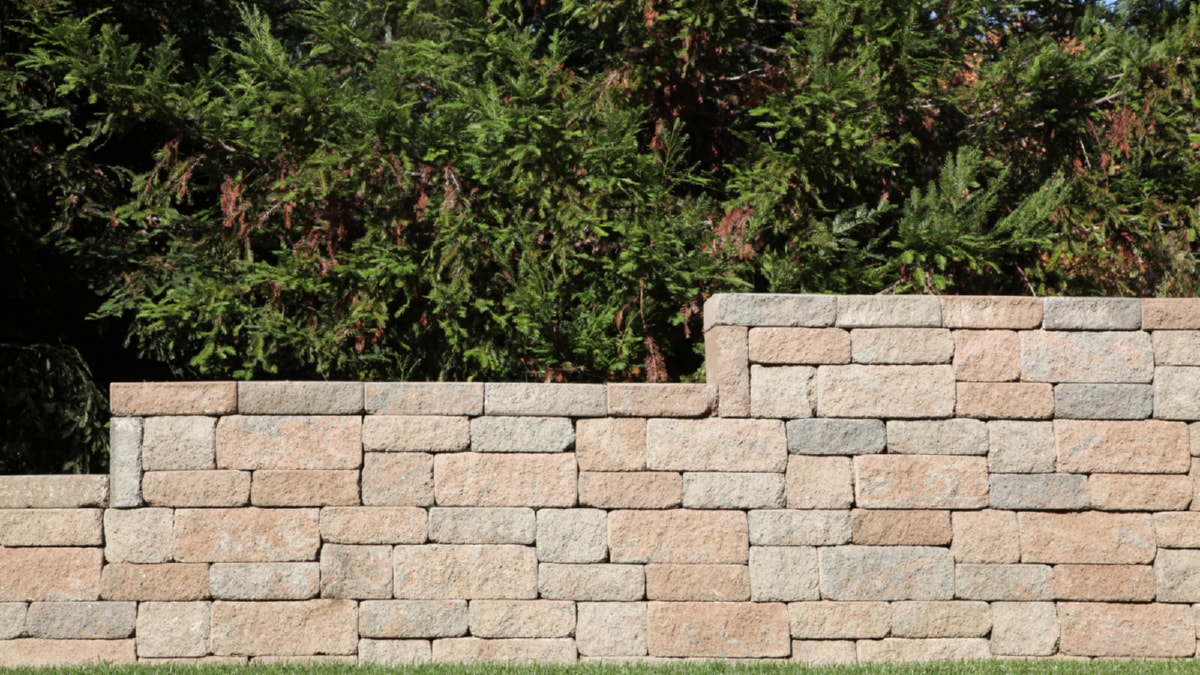In the wake of growing environmental concerns, the construction industry is undergoing a significant paradigm shift. A growing emphasis on sustainable practices is reshaping the way we conceive, plan, and execute construction projects. This comprehensive guide explores the fundamentals of implementing sustainable practices in modern construction.
Sustainability in construction involves the integration of environmentally-friendly materials, energy-efficient designs, waste minimization techniques, and lifecycle thinking. It encompasses everything from the sourcing of materials to construction methods, maintenance, and eventual demolition or repurposing of the building.
One of the first steps towards sustainable construction is the use of ‘green’ building materials. These materials have low environmental impact, either through their production process, their use, or their disposal. For instance, recycled steel, concrete, and plastics reduce the demand for new resources and minimize waste. Natural materials such as bamboo, straw, and wood are renewable and store carbon, helping to combat climate change. Using locally-sourced materials further reduces the carbon footprint by minimizing transportation.
Energy-efficient design is another cornerstone of sustainable construction. This involves optimizing the orientation, layout, and insulation of buildings to reduce energy consumption for heating, cooling, and lighting. Renewable energy sources such as solar panels or wind turbines can be incorporated into the design to further decrease reliance on fossil fuels. Moreover, water-saving fixtures and rainwater harvesting systems can significantly reduce water usage.
Waste management is a critical aspect of sustainable construction. This can be achieved through efficient planning and careful material handling to minimize waste production. Moreover, waste that is produced can be separated and recycled, or repurposed for other uses. For instance, leftover concrete can be crushed and reused as aggregate, and steel scraps can be melted down and reformed.
The lifecycle perspective is a crucial element of sustainable construction. This involves considering the long-term impact of the construction project, including maintenance, renovation, and eventual demolition or repurposing. For instance, designing buildings for easy maintenance and adaptability can extend their useful life and reduce the need for new construction. At the end of their life, buildings should be designed for easy deconstruction and material recovery.
While implementing these practices may require an initial investment, the long-term benefits are immense. Sustainable construction reduces environmental impact, creates healthier living and working environments, and can even result in cost savings through reduced energy and water consumption.
To ensure successful implementation, it’s crucial to involve all stakeholders, from architects and engineers to contractors and clients, in the planning and decision-making process. Training and education are key to fostering understanding and commitment to sustainable practices. Moreover, regulations and incentives can play a key role in promoting sustainability in the construction industry.
In conclusion, the implementation of sustainable practices in modern construction is not only a response to environmental challenges but also a strategic business decision. By embracing sustainability, the construction industry can contribute to a healthier planet and a more sustainable future, while also improving its own efficiency and profitability. The journey towards sustainable construction might be challenging, but with the right strategies and commitment, it’s an attainable and worthwhile goal.
For more details, check best masonry services or visit their business listing here.



